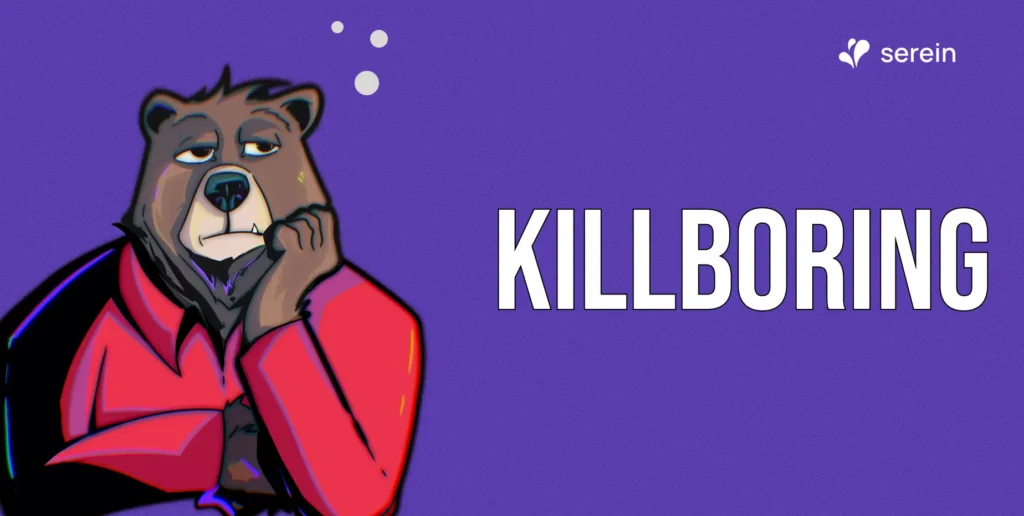It is also an overused term. It is a term we should be getting rid of now, or it definitely needs a makeover.
Diversity technically means – a range of different things – “different” in its truest sense, but in no context does it mean “inferior”. Sadly, it is often construed so.
So what is the real meaning?
Diversity means how we view the world; it is the lens we wear when we look at the world. A lens that shapes our perception of the world. It is not all about what we see; it is more about what we perceive. If we just change our lens, we will be able to relate better to the world and its people.
Diversity also means respect for and appreciation of differences in ethnicity, gender, age, national origin, disability, sexual orientation, education, and religion. The word acknowledges that we all bring with us diverse perspectives, work experiences, lifestyles and cultures.
In the workplace context, diversity is not just about different kinds of people. It is about different ideas and the ability to express those ideas in a safe environment. A diverse employee base directly translates to a diverse knowledge base, which leads to diverse solutions and innovation. The benefits of having a diverse team have been reported time and again in various studies and research –
McKinsey’s research shows that gender-diverse companies are 15% more likely to outperform their peers and ethnically-diverse companies are 35% more likely to do the same.
Catalyst research shows that companies with more women on the board statistically outperform their peers over a long period of time.
Deloitte Australia research shows that inclusive teams outperform their peers by 80% in team-based assessments.
In spite of all these and more super benefits, it is often a tick-box exercise run by HR departments.
So what do we do now?
How do we bring all this information and years of research into action? Should we continue to spend collective time, energy and resources on proving how diversity is beneficial and the right thing to do?
It’s time that the intent of dialogue changes. Dialogue can be how we bring the change. There is a compelling business case that diversity not only leads to being profitable, it is also ethical.
The first step is to acknowledge the presence of conscious and unconscious biases. Only if and when we know better, do we do better.
Keep your eyes and ears close to the ground to focus on ensuring that everyone has an equal opportunity to thrive in the organisation.
Have a diverse team of interviewers, removing names from the hiring application to give everyone an equal opportunity to progress to the interview stage.
When people complain that they are being treated differently by leadership or fellow employees, listen! Committing all mistakes and then learning can be expensive and tiring.
Have specific leadership programs to promote underrepresented groups – they can comprise women, LGBT employees or any other diverse set. Over the years, leadership will be inclusive and reflective of a diverse society.
Revise and make corporate policies flexible to help age and gender diversity. Adapt best practices in the industry to help increase inclusion and reduce attrition.
But what more?
All these measures to ensure diversity and inclusion at work won’t be required if it is not celebrated in families when children are fairly young and still discovering the world. Parents are the most powerful role models. Children become sensitive and respectful towards different people and ideas when they see adults who are sensitive and respectful, and who take a stand against bias, racism or insensitivity.
Various studies indicate that children notice differences in race, ability, family composition and many other factors. Its important to take initiative to help your child understand and respect differences and similarities among those in your community. Catch them young before the biases are formed and it is also a good time and opportunity for parents to work on their own beliefs and perceptions.
Perhaps then we can really get rid of words like inclusion, sexism, racism, ageism and diverse would be the new normal.
Reach out to us at hello@serein.inc and build polices that are tailored to your organisation’s culture while being inclusive of everyone.
About the Author
Ritu Mehta can be reached on LinkedIn.


